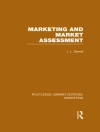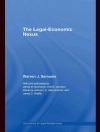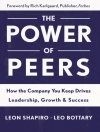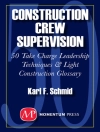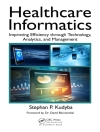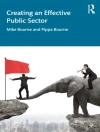Generations of people have been taught that population growth makes resources scarcer. In 2021, for example, one widely publicized report argued that “The world’s rapidly growing population is consuming the planet’s natural resources at an alarming rate . . . the world currently needs 1.6 Earths to satisfy the demand for natural resources … [a figure that] could rise to 2 planets by 2030.” But is that true?
After analyzing the prices of hundreds of commodities, goods, and services spanning two centuries, Marian Tupy and Gale Pooley found that resources became more abundant as the population grew. That was especially true when they looked at “time prices, ” which represent the length of time that people must work to buy something.
To their surprise, the authors also found that resource abundance increased faster than the population―a relationship that they call superabundance. On average, every additional human being created more value than he or she consumed. This relationship between population growth and abundance is deeply counterintuitive, yet it is true.
Why? More people produce more ideas, which lead to more inventions. People then test those inventions in the marketplace to separate the useful from the useless. At the end of that process of discovery, people are left with innovations that overcome shortages, spur economic growth, and raise standards of living.
But large populations are not enough to sustain superabundance―just think of the poverty in China and India before their respective economic reforms. To innovate, people must be allowed to think, speak, publish, associate, and disagree. They must be allowed to save, invest, trade, and profit. In a word, they must be free.
Tentang Penulis
Gale L. Pooley is an associate professor of business management at Brigham Young University-Hawaii. He has taught economics and statistics at Alfaisal Univerity in Riyadh, Saudi Arabia; Brigham Young University-Idaho; Boise State University; and the College of Idaho. Pooley has held professional designations from the Appraisal Institute, the Royal Institute of Chartered Surveyors, and the CCIM Institute. He has published articles in National Review, Human Progress.org, The American Spectator, the Foundation for Economic Education, the Utah Bar Journal, the Appraisal Journal, Quillette, Forbes, and Real Clear Markets. Pooley is a senior fellow with the Discovery Institute, a board member of Human Progress.org, and a scholar with Hawaii’s Grassroot Institute. His major research activity has been the Simon Abundance Index, which he coauthored with Marian Tupy.


